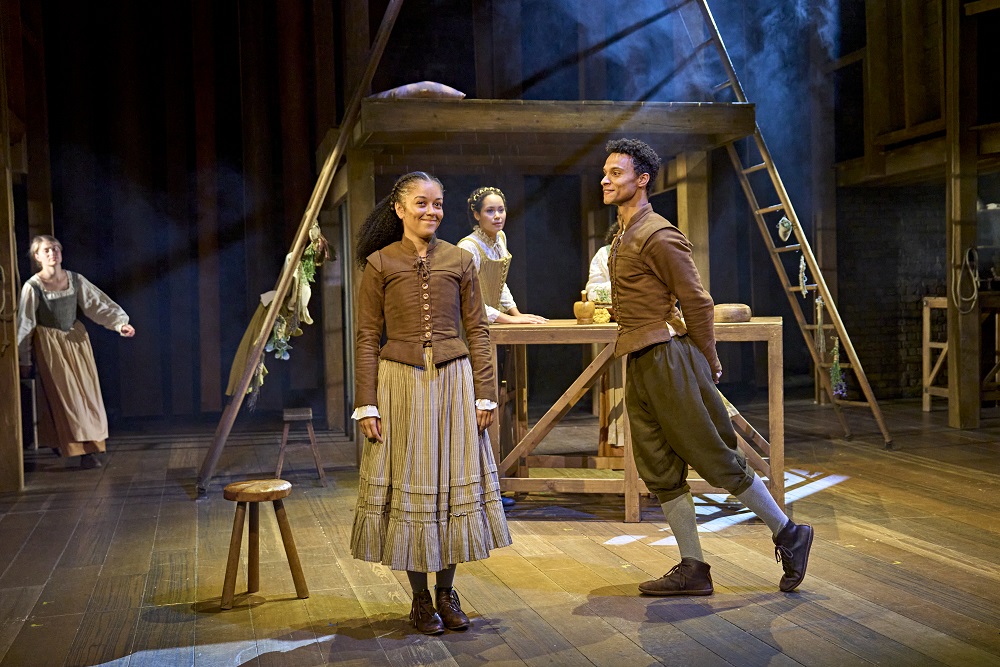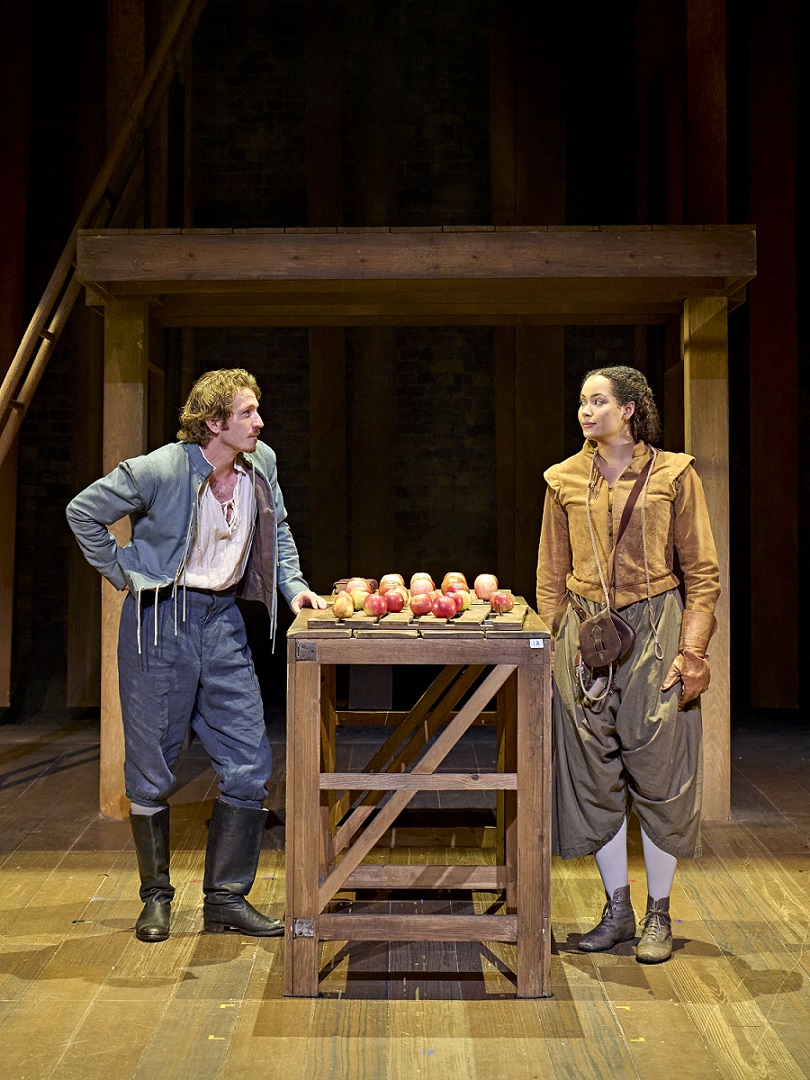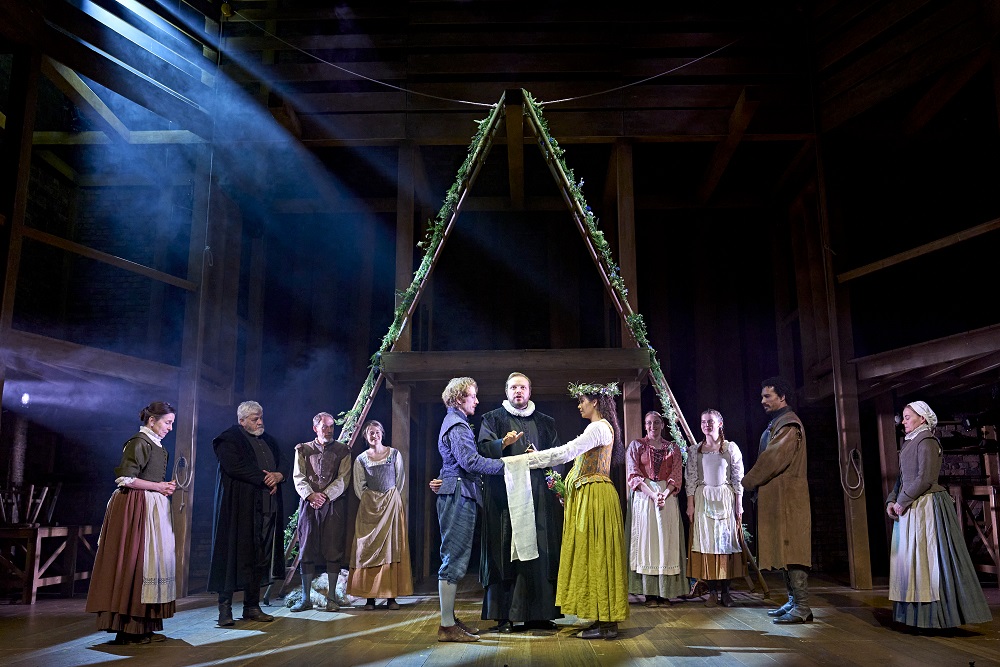Virtually nothing is known about Anne (Agnes) Hathaway other than she was the mother of three children – Susanna in 1583 and the twins, Judith and Hamnet, in 1585.

Sean Sheehan
She was the daughter of a sheep farmer and probably illiterate, but her claim to fame rests with William Shakespeare who was her husband.
The fact that in his will Shakespeare left her his ‘second-best bed with the furniture’ has been variously interpreted, often in a way detrimental to her worth, and because she was pregnant when they married it has been easy for some to suggest she was little better than a strumpet who lured Shakespeare into a relationship not of his own liking. The fact that Anne did not accompany him when he left Stratford-upon-Avon for London has been seen to support the idea of an unhappy marriage.
Maggie O’Farrell’s novel, “Hamnet” (2020), debunks this by conceiving an alternative tale that pictures Anne not as – in the words of one biographer – ‘the wife-shaped void’ but Shakespeare’s loving wife and the mother of their son Hamnet, whose tragic death at the age of eleven shapes the rest of their lives.

A stage adaptation of the novel, by The Royal Shakespeare Company (RSC), has now transferred from Stratford to London’s Garrick Theatre where it can be seen until early next year.
It is a play of two halves: the first part creates a way of imagining of Anne Hathaway as a woman in her own right, a woman with knowledge of herbal medicines – not unusual in the late 16th century – and a pleasingly enigmatic character that wins the love of a young William Shakespeare.
The dramatic pace is slow but, after the intermission, there is a tremendous gear change as the story continues with Shakespeare’s departure for London and Anne giving birth to twins.
The last third of the play is charged with pathos and the grief that envelops Anne and William; surely, it seems, the similarity in the name of their dead child and the eponymous tragic hero of Hamlet is not mere coincidence.
Theatre is magic when audiences, inherently willing to enter an imaginary world, are won over by a dramaturgy that allows them to bond, emotionally and cognitively, with actors who dress up and enact a fictional narrative.
The RSC are professionals at the height of this game and “Hamnet” is dazzling testimony to their ability to command and engage the minds and hearts of disparate individuals who take a seat to watch their performances.

Lolita Chakrabarti, the adaptor of O’Farrell’s novel, is moved by a sense that Shakespeare’s achievement cannot be divorced from those around him: ‘Genius’, she notes, ‘is facilitated by the support, inspiration and energies of the people around that genius. That became very clear to me in this story. No one creates anything in isolation.’
Maggie O’Farrell’s “Hamnet”, adapted by Lolita Chakrabarti, is at the Garrick Theatre.
(Images supplied by the Garrick Theatre and authorized for publication)












.jpg)












